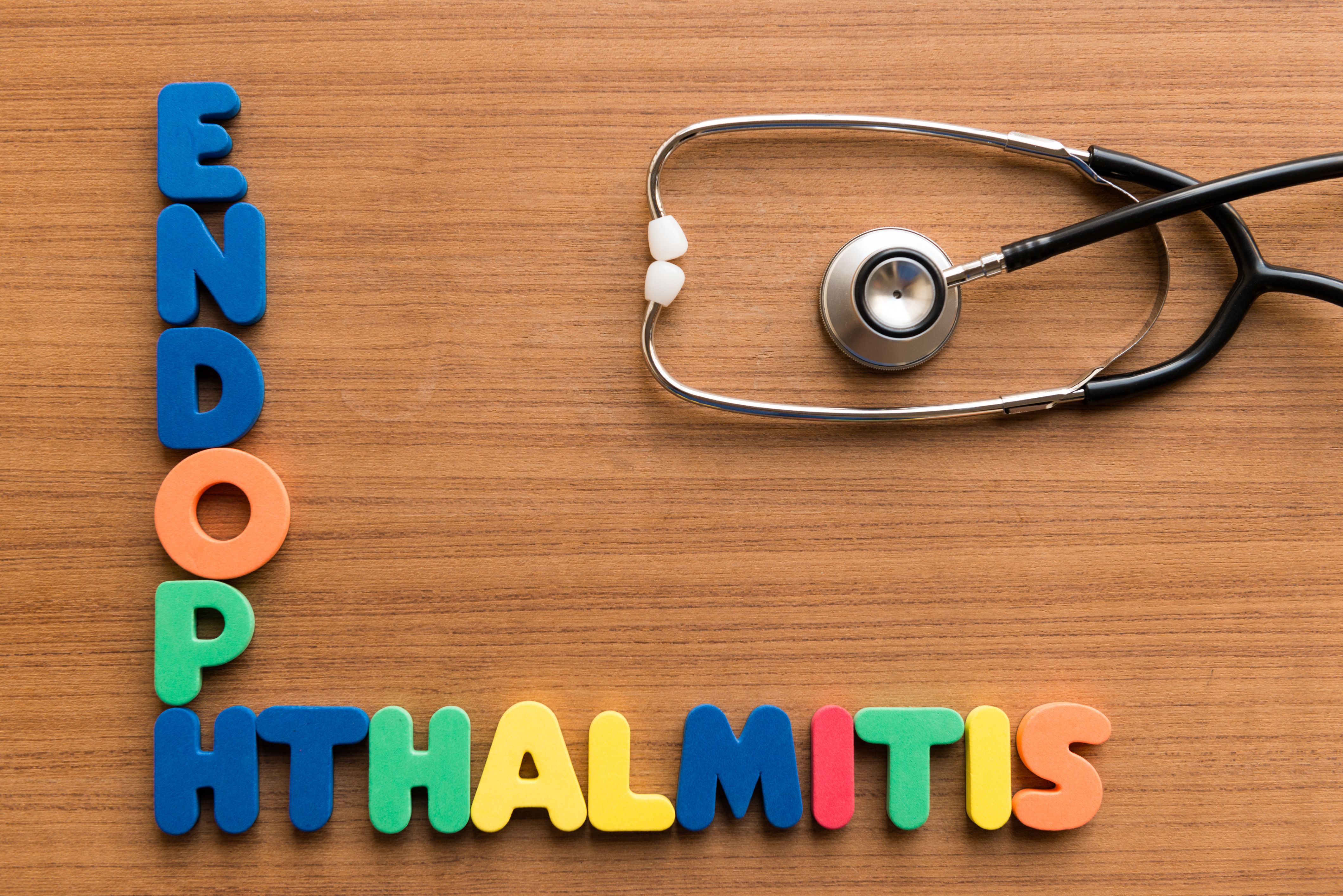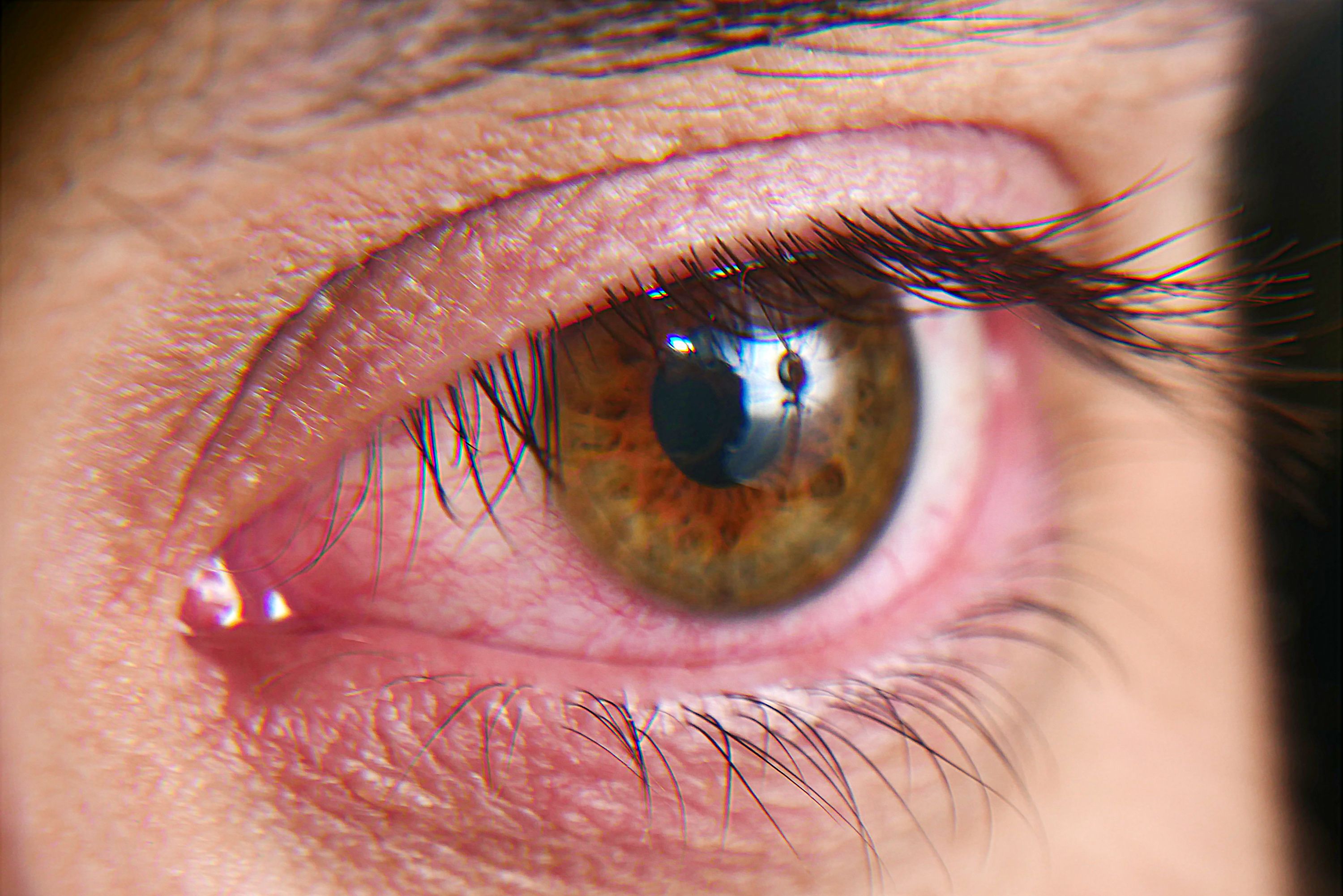News
Article
Rate of Postoperative Endophthalmitis Similar Between 2 Modes of Treatment
Author(s):
Incidence of postoperative endophthalmitis was low when patients were treated with either 1% povidone iodine disinfection with intracameral antibiotics or 5% povidone iodine with antibiotics.
Disinfection for patients after cataract surgery could be just as effective with 1% povidone iodine in combination with other selective antibiotic prophylaxis as it is with routine antibiotic use with 5% povidone iodine, according to a review published in JAMA Ophthalmology.1
Intraocular surgery could lead to a serious complication of endophthalmitis, which is an infection of the tissues inside of the eyeball and is a medical emergency.2 The eye could be affected by a substantial loss of vision, which makes preventive measures after intraocular procedures vital for the patients. Infection prevention can include disinfection with povidone iodine and prophylaxis with antibiotics. Older studies have confirmed that 5% povidone iodine is effective but recent studies have looked to prove that 1% could be just as effective. This review aimed to assess the literature about endophthalmitis prevention in cataract surgery to assess the efficacy of the 2 forms of disinfectant.1
Endophthalmitis could lead to vision loss if not properly treated | Image credit: tutul_1410 - stock.adobe.com

All cases of endophthalmitis have been registered if they occurred at the Rotterdam Eye Hospital (REH) in the Netherlands after 1993. The researchers separated the cases into 3 different time periods of 1993 to 1999 when 5% povidone iodine was applied without antibiotics, 2000 to 2010 when 1% povidone iodine was applied preoperatively without antibiotics, and 2016 to 2022 when 1% povidone iodine was applied before the surgery and after it in some cases; 2011 to 2015 was excluded due to suboptimal adherence due to disagreements on methods of treatment.
The researchers conducted a PubMed search through September 2023 and confirmed their search in Embase. Studies that reported numbers of surgical procedures and occurrence of postoperative endophthalmitis in a cohort that received intracameral antibiotics compared with a group that did not were included in the study. Overall incidence of endophthalmitis was calculated between the intracameral antibiotics group and the control group.
There were 36 cases of endophthalmitis between 1993 to 1999, 62 cases between 2000 and 2010, and 17 between 2016 and 2022, with procedures numbering 27,114, 68,335, and 56,598 in those respective time periods when cases that occurred within 6 weeks of cataract surgery were included. When using a χ2 model, the difference in incidence between the first and second time periods was 0.000 (95% CI, 0.000-0.001) and the difference between the second and third time periods was 0.001 (95% CI, 0.000-0.001).
A total of 15 of the 17 cases that occurred between 2016 and 2022 occurred within 1 week of the cataract surgery, with the remaining 2 coming within 2 weeks. All but 1 of the cases was an uncomplicated surgery.
There were 37 studies that were compared with the eyes from the REH database. The combined incidence rate was found to be 0.000 (95% CI, 0.000-0.000) with intracameral antibiotics and 0.001 (95% CI, 0.001-0.002) without antibiotics.
There were some limitations to this study. The retrospective design could introduce selection and information bias. Causation could not be determined due to this design either, leaving the study with only associations. The REH is not an academic hospital and may not be comparable to either a general hospital or an academic center.
Comparable outcomes were found in both types of antibiotic prophylaxis after complicated cataract surgery. Although a low level of postoperative endophthalmitis was associated with 1% povidone iodine, it did not substantially differ from routine antibiotic use, which could facilitate continuing discussions about its usage in this subset of patients.
References
- van Rooij J, Nolte K, van de Vondervoort F, Lekkerkerk S, Bourgonje V, Wubbels R. Prophylactic intracameral antibiotics and endophthalmitis after cataract surgery. JAMA Ophthalmol. Published online June 20, 2024. doi:10.1001/jamaophthalmol.2024.1716
- Mukamal R, What is endophthalmitis? American Academy of Ophthalmology. November 27, 2023. Accessed June 24, 2024. https://www.aao.org/eye-health/diseases/what-is-endophthalmitis





